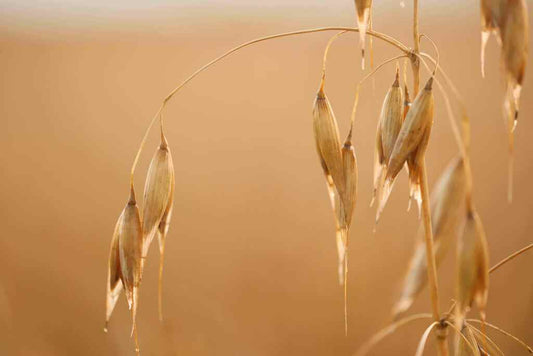Weeding
- Keep all beds weeded. Your plantings will quickly suffocate if you don’t tackle the weeds diligently. These unwanted guests also rob your garden of water and nutrients. A weed-free garden is a lush, healthy garden!
- Compost weeds if they have not flowered or gone to seed. It takes a very hot compost pile to kill weed seed, and most home compost piles don’t achieve those temperatures.
Watering
- Deeply water trees and shrubs every two weeks rather than more frequent, shallow watering. Plant roots will reach to the depth of the moisture, making a sturdier and stronger plant.
- Fruits and vegetables need an inch of water a week. Some regions get this naturally, but that’s not the case where I live! Invest in good drip irrigation. Overhead sprinklers can invite destructive and contagious disease.
- Water container plantings twice a day. Containers should be placed to get afternoon shade. Protection from the heat will keep your plants from getting stressed and attracting bugs and diseases.
- If you are going on vacation, make arrangements to have your gardens, containers, and interior plants watered. Soak everything well right before you leave. Hire someone who will properly water your plants without killing them. I speak from experience here!
Watching for Pests
Be on the lookout for destructive garden pests. They can decimate your hard work if you don’t act quickly and proactively!- Cucumber beetles, bean beetles, squash bugs, aphids, potato beetles, cabbage loopers, and tomato hornworms are a few that love your vegetables - to death!
- Japanese beetles, scale, thrips, spider mites, and tent caterpillars can harm your landscape investment quickly.
- Diseases such as blights, rots, wilts, and powdery mildew also become apparent in the heat and humidity of summer.
Waiting for Harvest
- Garlic will be ready for harvest in the first half of the month. If you have hardneck varieties, you have already been eating the scapes. Cure your bulbs, choose which ones you will save for seed, and store the rest. Get details here.
- Harvest your greens, peas, broccoli, and lettuces this month. Replace them with more cool weather crops for fall harvest.
- Green beans, squash, cucumbers, peppers, and tomatoes will start coming later in the month. Eat them fresh, and get ready to put them up next month.
Don't Forget to Prune!
The pruning rule says you should deadhead shrubs that flower before July fourth and cut back as soon as the flowers go by. These shrubs will flower next year on the growth that comes in the remainder of this year. So stop deadheading and pruning these plants for gorgeous blooms next spring. The other half of the pruning rule says shrubs that flower after July fourth should be pruned in early spring. They flower on the current year’s growth. If you prune them now, they will not bloom. Check out this comprehensive pruning guide if you're interested in more detailed information.Would you like to be the first to hear about our new products and more? Sign up for our Nature’s Path Newsletter.








